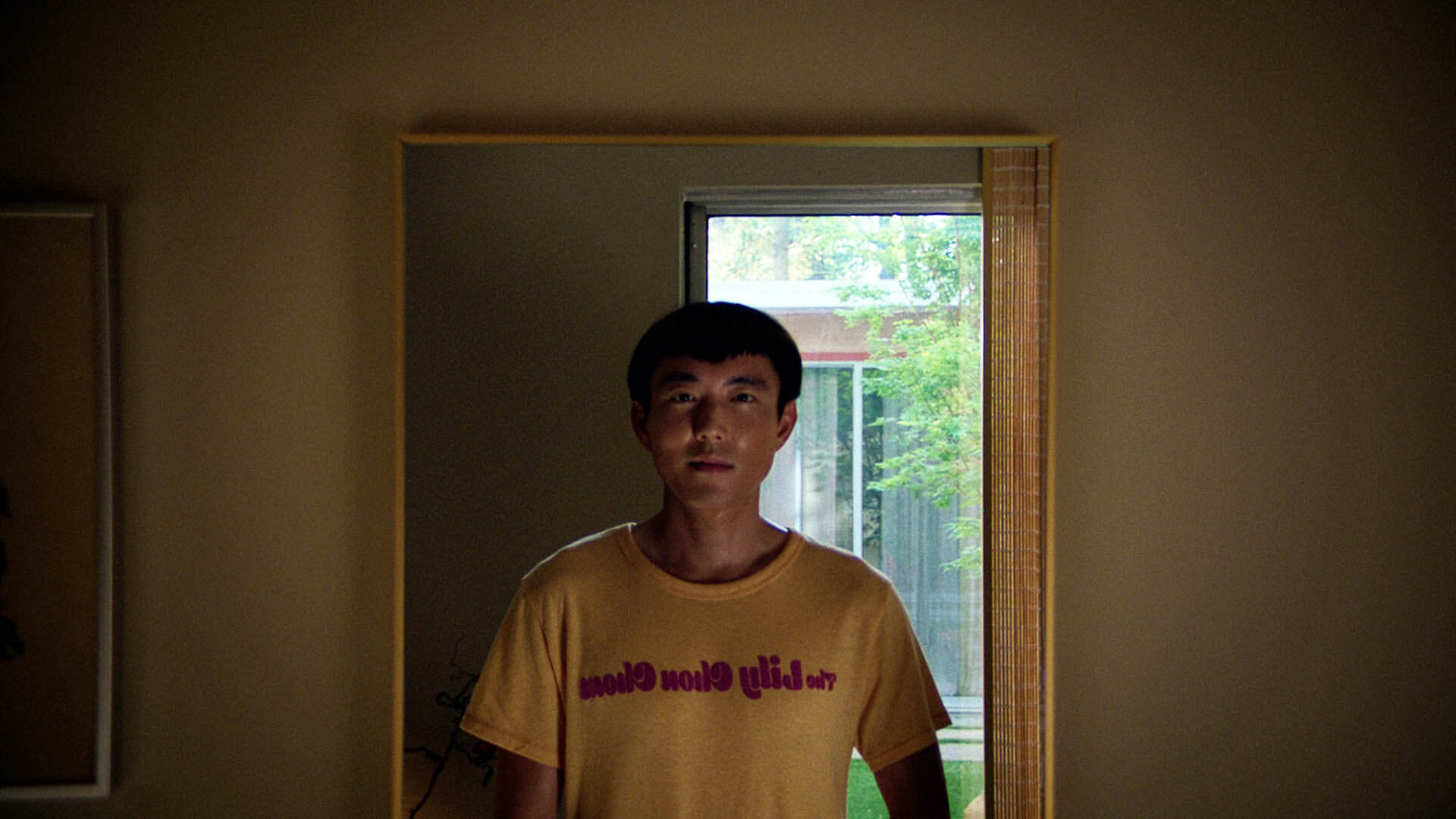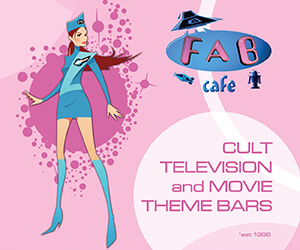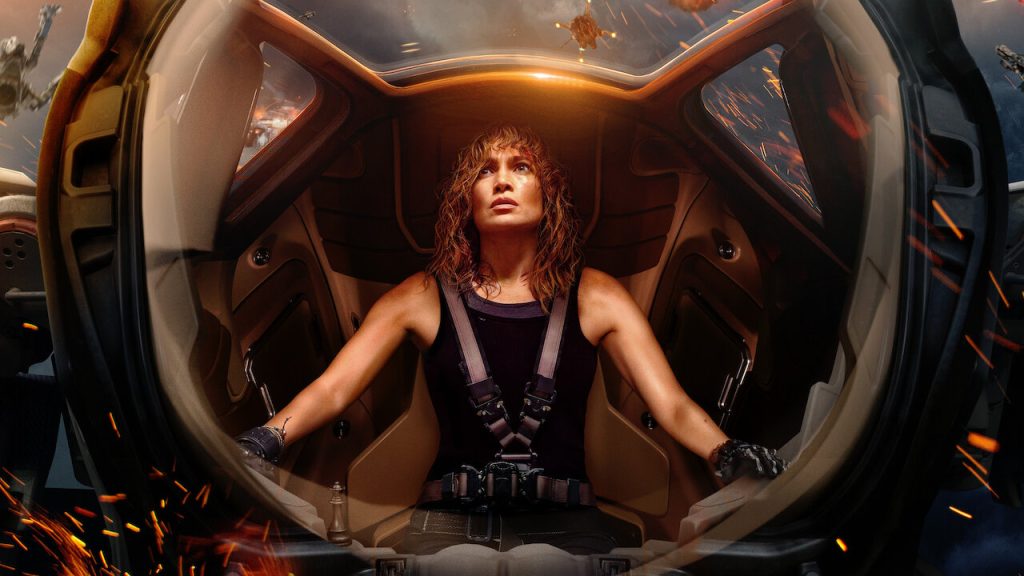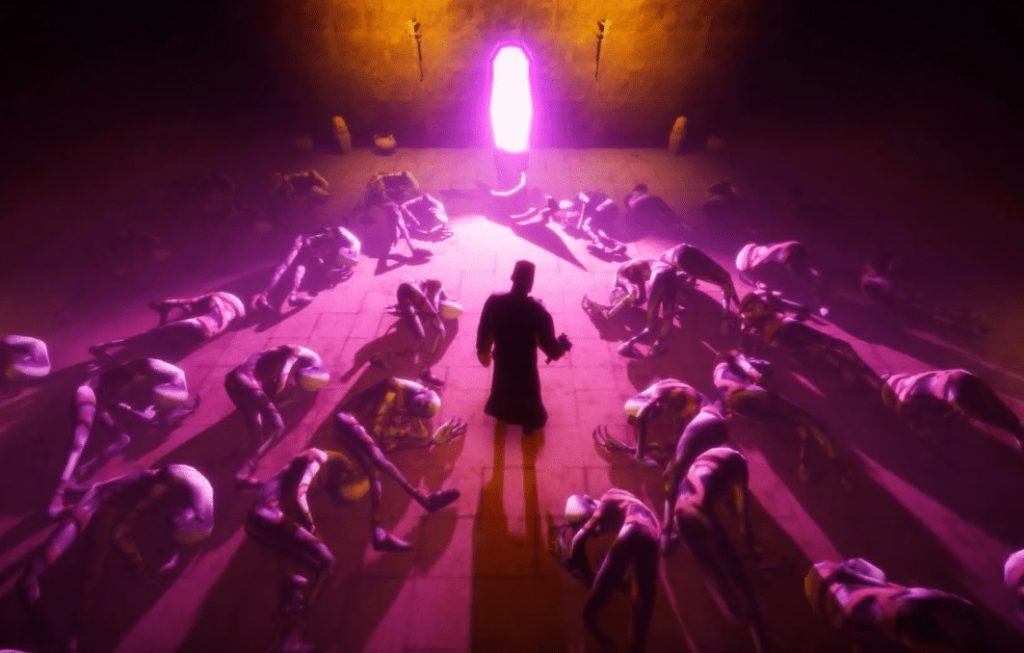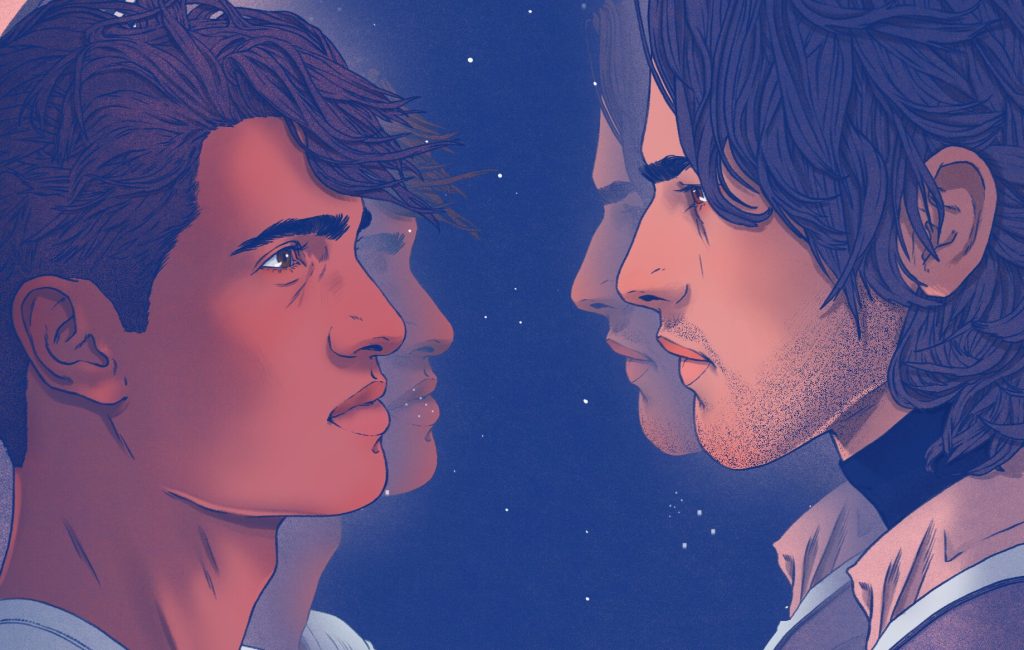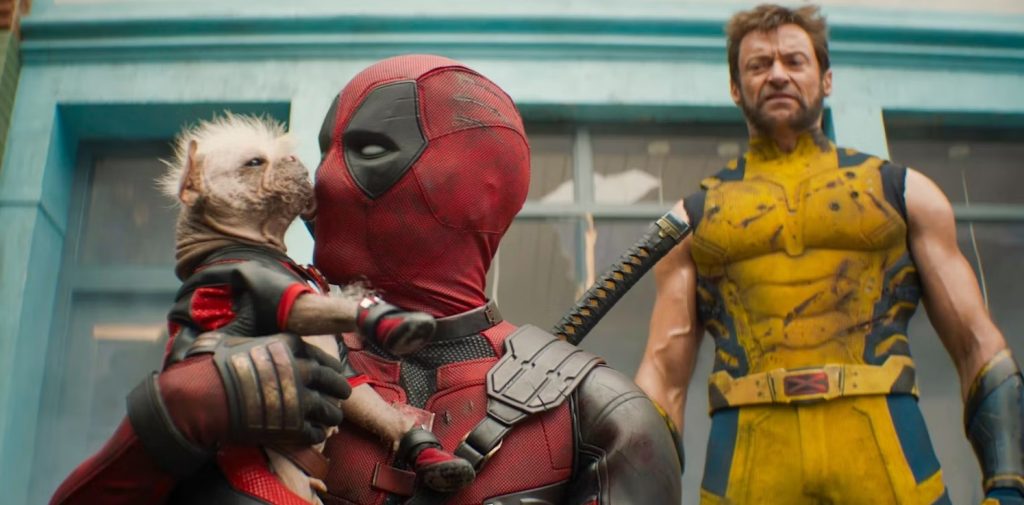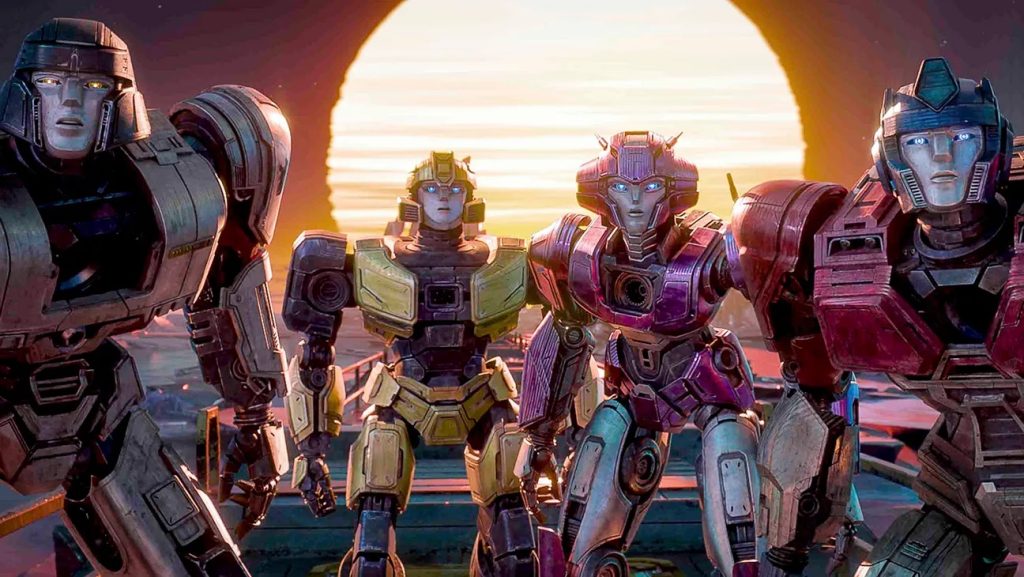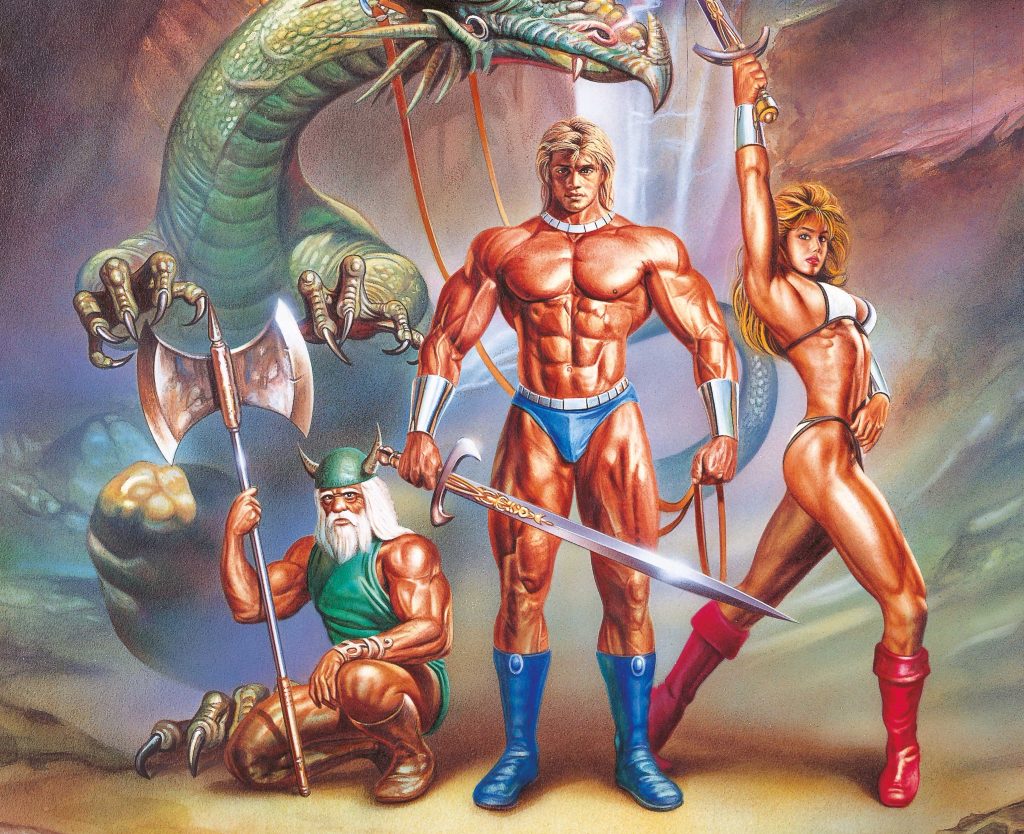A muted, gorgeous, and thoughtful film about what it means to be alive, After Yang is Kogonada’s sophomore feature and stars The Umbrella Academy’s Justin H. Min , Colin Farrell, Jodie Turner-Smith, Haley Lu Richardson, and Malea Emma Tjandrawidjaja. Ahead of After Yang’s release, STARBURST sat down with writer-director Kogonada and actor Justin H. Min to discuss constructions of Asianness, the nature of memory, and familial connection.
STARBURST : When you first read the short story ‘Saying Goodbye to Yang’ by Alexander Weinstein, what inspired you most to develop it into a feature?
Kogonada : There was just a real, lo-fi mood about it; it took place in the future but was so deeply grounded in its scale. It wasn’t about the end of the world and some hero trying to save the city from mass destruction. It was just about a family trying to get through a day. In the short story, it really was just one day in the life of a father trying to fix this robot. And initially, he’s annoyed, but by the end of the day, he’s reminded of his own memories of Yang and that creates a grief in him that he didn’t even know he had.
I was also drawn to the fact that – and the writer wasn’t Asian – but this idea that the robot was a construct of Asianness immediately resonated with me. Justin and I have been talking about how we feel about the identity of that kind of construct of Asianness. I knew I’d get to explore that, as well as fatherhood, connection, and memory. It had all the right ingredients for a project I wanted to explore.
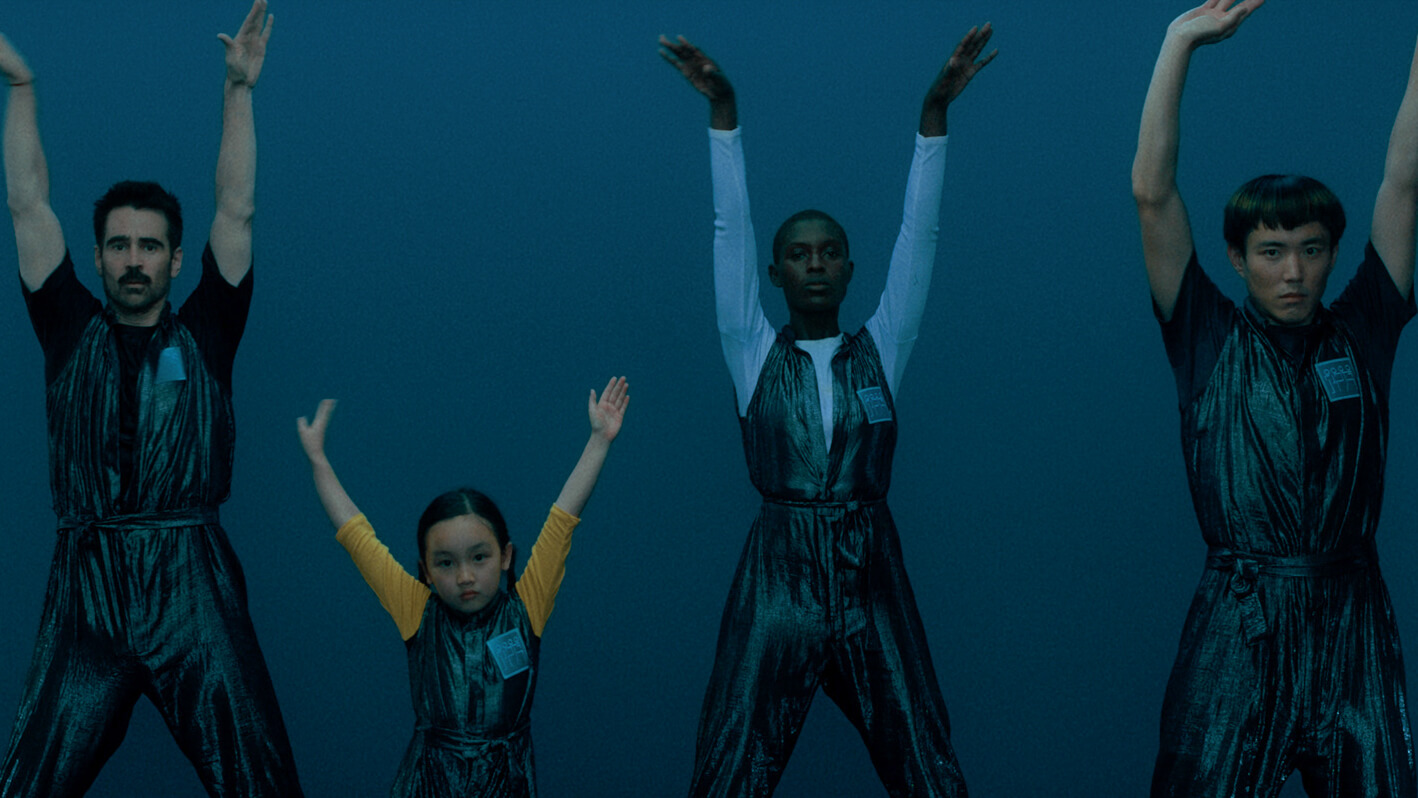
And for you, Justin, at which point in reading the script did you decide you wanted to be involved?
Justin H. Min : From the title page. I don’t say that in jest, because the title page had Kogonada’s name on it, and I was a huge fan of his visual essays. I had also watched Columbus immediately when it came out, and I was just such a fan of his directing work. So, to be able to see what his second feature would be was really exciting. Then as soon as I finished it, it was like – you know those fears you have when you read something by someone you admire, and you’re afraid you’re going to be let down? Well, it exceeded my expectations. I immediately told my team, “I need to audition for this.” And that’s how the process began.
What kind of conversations did the two of you have about the character of Yang and what you wanted to do with this film?
Justin H. Min : In many ways, Kogonada gave me a lot of ownership of the character, which I really appreciated. Of course, one of my first questions to him after getting the part was, how “robot” is this character? What do you need me to do? And he was like, “What do you think?” [laughs]. And I realise now, in retrospect, that it was very strategic. He wanted to keep the mystery of being for himself and the film. And so, it was just a constant exploration for me.
And in my preparation work, I think the thing I focused most on was Yang’s relationship with each of the characters. Each one I considered to be unique. I wanted the grief to feel real, and for that to happen, the connection and love between Yang and the others need to feel real – especially in the flashback scenes. So, I knew that I needed to do the work within myself of creating all these memories with each of the characters that aren’t seen in the film so that the flashbacks don’t feel like empty moments pulled from the void.

A lot of classic sci-fi feasts on Orientalism and Asian stereotypes, which often manifests as those Asian characters being denied an internal life. Justin, how did that awareness affect your acting choices and Kogonada, why did you hold back from explaining the character further?
Justin H. Min : It’s not something that I wanted to think about. I wanted to do the most accurate portrayal of this character and have that be separate from the conversation of what this film represents for Asian-Americans and the Asian-Americans that have been represented in previous sci-fi films. I just didn’t want any of that noise in my head. I just wanted to portray the character that I thought Yang was, and so much of it is written on the page; it’s such a beautifully written script, and there was so much room for me to play and to bring life to this character.
And you know, it’s so interesting because I understand the criticism – not even exclusively in the sci-fi world, but generally – about Asian-Americans in film and TV being silenced and silent characters. But it’s also interesting because, in a way, we have talked about the beauty of silence and how powerful silence is. For me, the moments of quiet and silence in Yang are some of his most powerful moments and how he takes the most agency. And so, for me, that felt like a redemptive thing: for him to be silent at times and to be the observer. Because it’s only through Yang’s eyes that Jake can have this revelation about his life.
Kogonada : I think it’s very well observed. I think the sci-fi future world is so much a kind of Orientalism and aesthetic. And we talk about us having to contend with our own construct of Asianness; when you’re separated from your homeland and lived in a largely Western world, part of what we have to navigate is the way Asianness has been represented to us. I’ve been surrounded by a kind of Orientalism – which is different when you are Asian.
I was aware of it as we were building out this world, and the fact is, Yang is a manufactured idea of Asianness, right? And that world, we see a kind of Asian aesthetic. I didn’t want to strip that away either; I certainly wanted to keep the complexity of what we have to navigate through in this future world. We see some of the influences of Asia, the conflicts of Asianness, and the allusions to war in the East.

And another thing is the perception sometimes that Asians are robotic. The thing that I trusted and thought was nicely ironic is that our Asian robot might have the richest interior life of anyone in the film. Part of the reason why I would throw those questions back to Justin is that I really trusted him. I knew in my bones that he was the right person to play Yang, just by the first audition that he gave – and that’s because he was playing him not as a robot but as this dedicated older brother. And he has this certain quality, this soulfulness, that I knew would resist any idea of a robotic Asianness.
It’s also interesting that, on paper, this is the story of Jake reconnecting with himself and his family, yet the film centres on Yang’s experiences and memories. Since that wasn’t the case in the short story, can you talk us through reframing that narrative for the film?
Kogonada : Right. The short story really is about Jake’s memory and these flashback sequences of him remembering a moment, but I love the idea of those memories functioning not just as flashbacks, which are sometimes offered as a certainty. I also wanted to play with memory so that when we experience memory through Jake, those memories feel elusive and repetitive – repetitive in the sense that it’s refining what was real and the subjectivity of that.
And the thing is, when the film begins, we don’t know Yang at all. So, when he malfunctions, we don’t have any feeling of loss. It has to be the work of his memories to create a presence for him where the viewer feels that absence – in much the same way as Jake has to evolve from seeing Yang as an appliance, as something that gives him time not to really parent.
It’s one of those stories where you might have imagined a typical narrative where the father is going to be heroic and save this robot for his daughter, but at the end of the day, it really is Yang saving Jake. Just by engaging with Yang’s memory, he is being challenged and awakened.
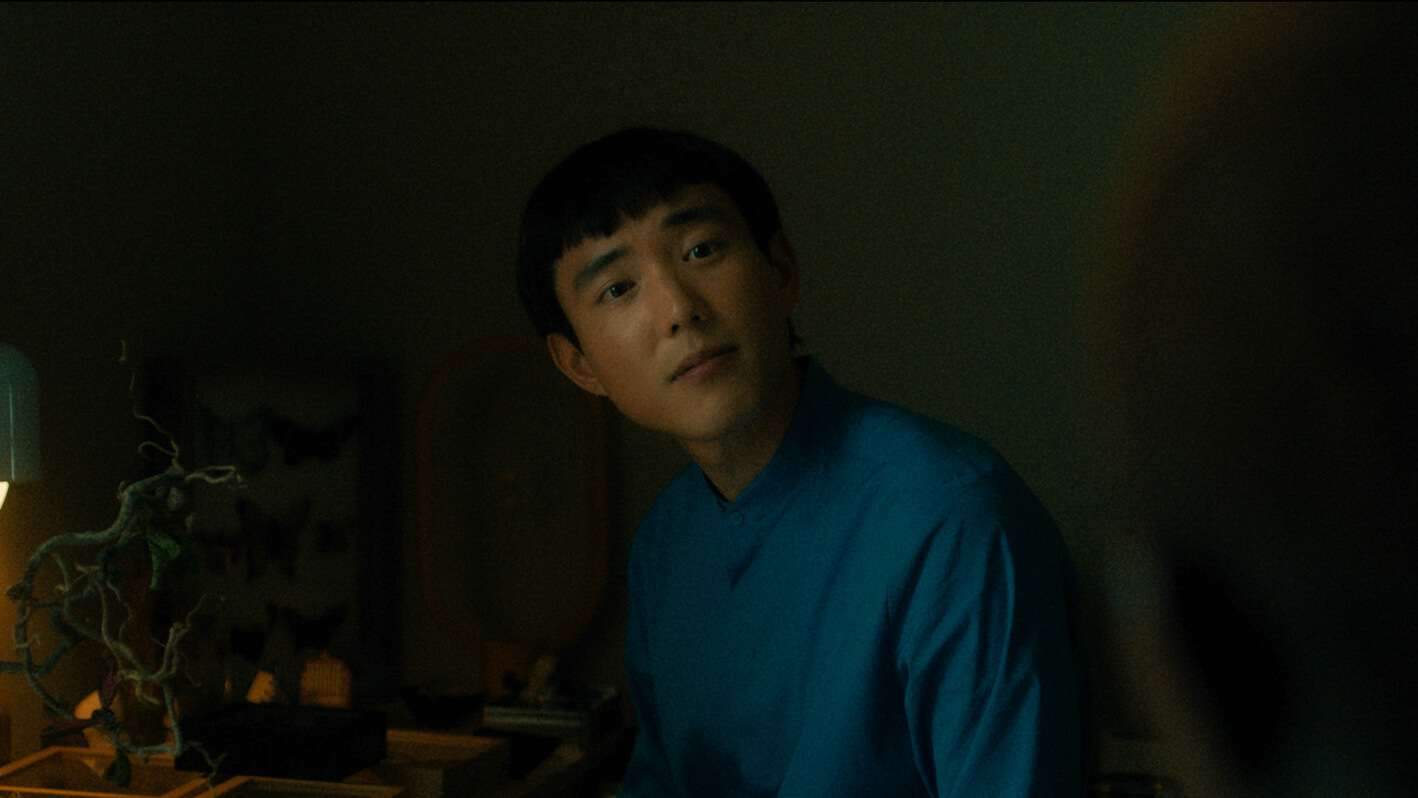
Throughout the film, you also suggest a broader socio-political context to this world, with a war in China happening on the edges of the screen. Why hint at it and then not address it head-on?
Kogonada : Originally, I was going to reveal even less because I wanted the window of the world to be presented through a family. You know, I often think that sci-fi is always about the world at large and a significant threat to it and the most heroic figures navigating that. I think I originally had written in the script that we will only feel the world through the sliver of a window, maybe in a reflection; at one point, I had it really contained within the house and maybe having the car. But then I felt we had to offer just a hint, but it was about the family.
In sci-fi, I always wish I would get to know what everyday life was like. If I’m watching the biggest blockbuster, I’ll see a background figure and wonder what it’s like for them to get through a day. So, given the opportunity to work in that sci-fi genre, I wanted to feel it from a domestic space. Because the truth is, there are wars and pandemics going on right now, but how we experience them is just very mundane. So, it’s not that the broader context was insignificant – it shaped everything we saw, but I wanted to experience the world through a domestic lens.
Is that also why you approached the design elements of this world in a much more organic manner? Usually, with a sci-fi setting, it’s grandiose backgrounds and sprawling buildings, but After Yang keeps its world very muted.
Kogonada : Yes. And it also tells us about the broader world. We had a backstory where a cataclysmic climate event had occurred, and where this family lives now is a rebuilt city. So, this future has to integrate with nature, or life will no longer be sustainable. That was very much a part of the organic construct of this one house, so its design tells you what you need to know about the broader world.
Justin H. Min : Just to piggyback off that, I will just add that as an actor, it was so refreshing to read something that took place in a potentially distant future where half of the script wasn’t explaining everything. As an actor, you are often given scripts set in a different world or universe, and sometimes half the script is expository, telling us why things are the way they are. I love how immersive this film is, from the moment you get thrown into it. It’s like, this is how it is, and it won’t be explained. What’s important here is the relationships between these characters, and I love that so much.
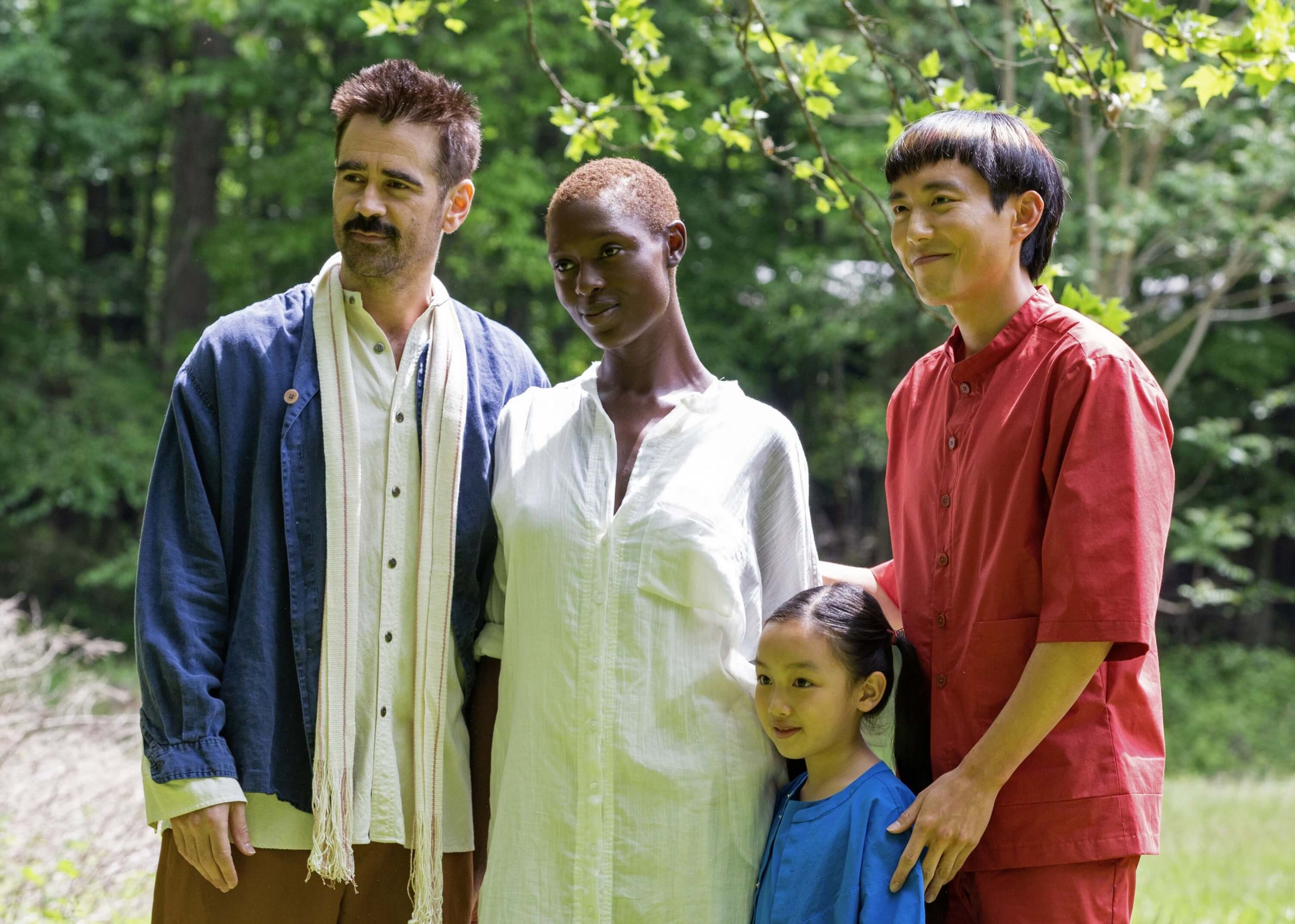
And on a lighter note, one of the film’s most enjoyable scenes is the dance number through the opening credits. How did you prepare and balance the dynamism of that sequence with the film’s gentle tone, ensuring the two didn’t jar?
Justin H. Min : The dance was traumatic [laughs]. We had an incredible choreographer; we had a few days before we started filming to learn the choreography in the studio. You know, dance is so vulnerable, it’s embarrassing, it’s all of these emotions – but it’s also an incredible icebreaker. And that sequence was one of the first things that we filmed, and so to have that helped jumpstart the film and create cohesion within our family unit. It was amazing because we took that and ran with it for the rest of filming. And yeah, it was just very adrenaline filled. Each group would go to their own corners, and it felt like a dance competition. It was a lot of fun, and I’m so glad it opened the film.
Kogonada : To answer your question about it potentially being jarring: it is. I think I knew when I wrote it that I wanted this hard cut. And I knew, because it was going to be part of the credit sequence, that it would already be a little bit suspended – all credits sequences are. I wanted it close to the front for that reason. I think if it were in the middle of the film, it would be jarring in a different way. Sometimes that works, but for me, it’s not only about seeing this family in sync but all these other families attempting to be in sync with each other. That’s what all families strive for, to be functional. And as we all know, there are more dysfunctional families than functional ones. There was something beautiful about seeing these families try to be in sync, only to begin then to see the dissolution of one. Though really, the choreographer had the best description of the dance’s role in the film: she said it’s like a pop of confetti, and the rest of the film is spent watching the confetti fall to the ground. I think that’s really well put.
After Yang will be released in cinemas and on Sky Cinema from 22nd September.

